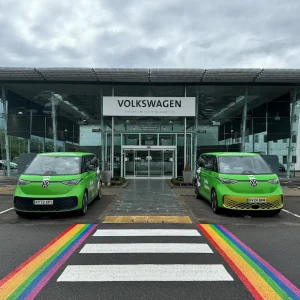The UK looks set to gain more low-emission zones in urban areas, similar to the one in Greater London, if a consultation and new plans set out by the Government are given the go-ahead.
The plans by the Department for the Environment, Food and Rural Affairs have been issued to make sure the UK hits the latest European air pollution legislation. According to DEFRA: “Tackling air pollution is a priority for this Government. We will achieve this by exploiting new, clean technologies, such as electric and ultra-low emission vehicles, to cut emissions and help our great cities function more smartly and efficiently.”
Currently there are eight areas that are unlikely to be compliant by the EU regulation cut-off of 2020.
The DEFRA plans stated: “We are committed to bringing all exceeding zones into compliance in the shortest possible time. To evaluate the measures we need to put in place to achieve compliance, and ensure they are focused on the right areas and issues.”
However, the Government does level some of the blame for the pollution on previously poorly devised vehicle emission standards: “The failure of the Euro standards to deliver the expected emission reductions under real world driving conditions means that road transport is by far the largest contributor to NO2 pollution in areas where the UK is exceeding NO2 limit values.”
However, it admits that the largest polluters are diesel cars and vans: “On average around 80% of NOx emissions in areas where the UK is exceeding NO2 limits are due to transport, although non-transport sources of NO2 are still considerable contributors.
The largest source is emissions from diesel light duty vehicles (cars and vans) where both the emissions standards have had least impact and there has been significant growth in vehicle numbers over the last ten years.”
The consultation into the plans are set to close on 6 November with confirmed plans being revealed next year.





